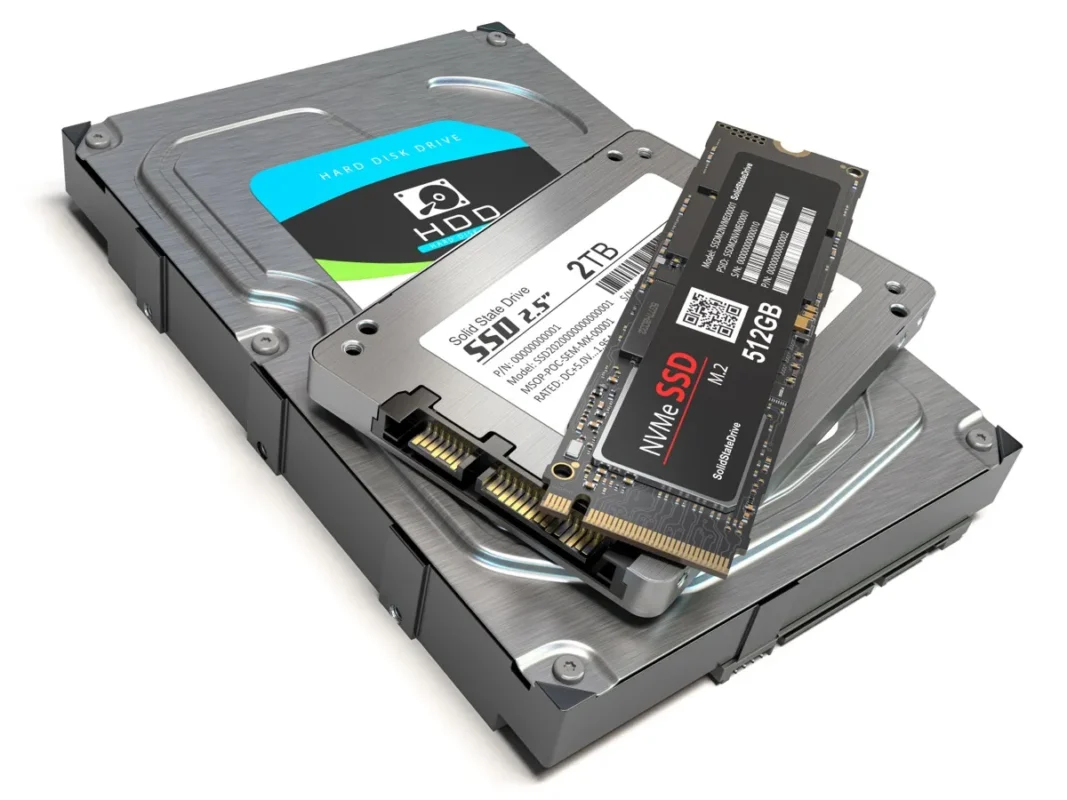Cloning a small business computer to an SSD (Solid State Drive) can significantly improve performance by enabling faster data access and boot times. However, this process requires careful planning and execution, especially when dealing with business-critical systems. Here’s a step-by-step guide to help you through the process:
1. Evaluate Your Needs and Prepare:
- Determine which computers need to be cloned and the appropriate size of SSDs (ensure they have enough capacity to hold all existing data and additional space for future needs).
- Consider involving IT professionals if you’re not comfortable handling the process, as business environments often have more complex configurations.
2. Backup Important Data:
- Always create a full backup of important data before proceeding, to safeguard against any potential loss.
3. Choose Cloning Software:
- Select a reputable cloning software suitable for your operating system. Some examples include Clonezilla, Acronis True Image, and Macrium Reflect.
4. Install the SSD:
- If cloning to an internal SSD, you’ll need to install it into the computer. You may also use an external SSD enclosure if cloning externally first.
- Ensure the SSD is properly recognized by the system.
5. Configure Cloning Software:
- Launch the cloning software and follow the instructions to select the source drive (your current hard drive) and the destination drive (the new SSD).
- Review the settings, making sure to choose options that suit your needs, such as resizing partitions if necessary.
6. Start the Cloning Process:
- Begin the cloning process, following the on-screen instructions.
- Be patient, as this can take several hours, depending on the amount of data and the speed of the drives.
7. Verify the Clone:
- Once cloning is complete, verify that all files and applications were successfully transferred to the SSD.
8. Swap Drives if Necessary:
- If you cloned to an internal SSD, you might need to adjust the boot order in the BIOS or UEFI settings to boot from the SSD.
- If you cloned to an external SSD, you would need to replace the old hard drive with the SSD (if that’s your intention).
9. Test the System:
- Reboot the computer and ensure that everything is working as expected.
10. Follow Up with Necessary Adjustments:
- You may need to perform additional tweaks or adjustments, such as extending partitions or updating drivers.
Considerations and Warnings:
- Cloning a drive may not copy over certain security features like full disk encryption, so consider these factors before proceeding.
- Cloning in a business environment might involve complex configurations, licenses, or compliance requirements. Consult with your IT department or a professional to ensure everything is handled correctly.
- Ensure you have the necessary permissions to perform such operations on business computers, as unauthorized actions may violate company policies.
By following these steps and carefully considering the unique needs and constraints of a business environment, cloning a computer to an SSD can be a smooth process that results in a significant performance boost.

